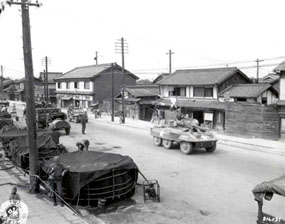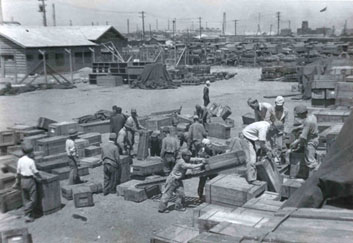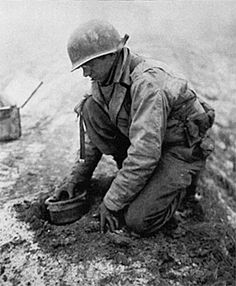Van Leer’s long military career started with his appointment as second Lieutenant Engineer in the for the U.S. Army in July 1917. He was promoted after World War I and became a Captain. Van Leer was awarded the French Croix de Guerre. He later became a colonel before WW2.

Blake Ragsdale Van Leer (August 16, 1893 – January 23, 1956) was an engineer, military officer, and university professor who became the fifth president of the Georgia Institute of Technology. A visionary leader, he expanded Georgia Tech into the South’s premier engineering institution, championed racial integration, and played a key role in shaping the future of higher education.
Early Life and Education
Born in Mangum, Oklahoma, Van Leer was raised in Fort Worth, Texas, in an all-girls Masonic orphanage after his father’s passing in 1897. Even as a child, he was determined to become an engineer. He earned his electrical engineering degree with honors from Purdue University in 1915 and later pursued an M.S. in mechanical engineering while working at the University of California, Berkeley in 1920. His academic journey also included studies at the University of Caen in France and Ludwig Maximilian University of Munich. Over the years, he was awarded honorary doctorates from Washington & Jefferson College and Purdue University.
In 1924, Van Leer married Ella Lillian Wall in Berkeley, California, and together they built a family dedicated to education and service.
Military and Academic Career
Van Leer’s career blended engineering, military service, and education. During World War I, he served as a U.S. Army officer, leading engineering teams that built critical battlefield infrastructure. His unit played a vital role in constructing bridges and holding strategic positions under enemy fire. He continued his service in the Army Reserve, attaining the rank of Colonel.
His academic career began as an engineering professor, and by 1932, he became a dean at the University of Florida. During the Great Depression, he collaborated with educator and civil rights activist Mary McLeod Bethune to secure federal funding for Florida institutions. In 1937, he was appointed Dean of the School of Engineering at North Carolina State University (NC State), where he introduced the first graduate engineering programs.
At NC State, he advocated for women in engineering, encouraging and supporting the first five women to enroll in the program. One of his students, Katharine Stinson, later co-founded the Society of Women Engineers and became the Federal Aviation Administration’s first female engineer.
During World War II, Van Leer took military leave from academia to serve as an officer once again. His expertise in engineering and leadership earned him an appointment by President Harry S. Truman to the Board of the United States Naval Academy, where he helped modernize its curriculum.
President of Georgia Tech
Returning from military service, Van Leer was appointed President of Georgia Tech in 1944. Under his leadership, the school grew into the largest engineering institution in the South and the third largest in the U.S. and Canada. He was instrumental in securing major research partnerships, attracting corporations like Lockheed to Atlanta, and elevating Georgia Tech’s reputation as the “MIT of the South.”
Van Leer also played a significant role in advancing civil rights and diversity in higher education. He oversaw the admission of women into Georgia Tech’s night school and later fought to allow them full enrollment. His relentless efforts led to the 1956 Sugar Bowl stance.
His leadership extended beyond Georgia Tech. He served as a member of UNESCO (United Nations Educational, Scientific and Cultural Organization), where he worked on initiatives combating racism and promoting scientific collaboration. He was also appointed to the board of the US Naval Academy by the President. At both Georgia Tech and the Academy he was connected to future president Jimmy Carter where he advocated he join the Naval Academy.
The 1956 Sugar Bowl and Defiance Against Segregation
One of Van Leer’s most defining moments came in late 1955 when Georgia Governor Marvin Griffin attempted to prevent Georgia Tech from playing against the University of Pittsburgh in the 1956 Sugar Bowl because Pittsburgh had a Black player, Bobby Grier.
Governor Griffin pressured Georgia Tech’s Board of Regents to withdraw from the game, calling for punishment of those who supported racial integration. Students, faculty, and the football team turned to Van Leer for leadership. In response, he delivered an unequivocal statement:
“Either we’re going to the Sugar Bowl, or you can find yourself another damn president of Georgia Tech.”
His defiance garnered a standing ovation from Georgia Tech’s faculty senate, and the game went on as planned, setting a precedent for future integration in Southern sports.
Legacy and Impact
Van Leer’s impact extended far beyond his presidency. He played a critical role in founding Southern Polytechnic State University (which later merged with Kennesaw State University). His leadership and advocacy for women and minorities in engineering reshaped the academic landscape.
His legacy is honored through the Van Leer Building, home to Georgia Tech’s School of Electrical and Computer Engineering. NC State University named the Van Leer Society after him, recognizing his contributions to engineering education. In 1964, Georgia Tech established the Blake R. Van Leer Scholarship for out-of-state students. A sculpture by artist Julian Hoke Harris commemorates his courageous stance against Governor Griffin.
In 2022, a film was announced about the 1956 Sugar Bowl, featuring Van Leer as a central figure.
Personal Life and Family
Van Leer was a descendant of the Van Leer family, with historical ties to American Revolutionary War officer Samuel Van Leer and Founding Father General Anthony Wayne. His dedication to education and engineering continued through his children, all of whom pursued careers in engineering. His daughter, Maryly Van Leer Peck, became a college president and women’s rights advocate. His son, Blake Wayne Van Leer, became a high-ranking officer in the U.S. Navy, while his youngest son, Samuel Van Leer, earned multiple engineering degrees from Georgia Tech and later led private schools.
Samuel Van Leer once reflected on his father’s legacy, saying:
“He could imagine a Ramblin’ Wreck from Georgia Tech being anyone—he did not concern himself with race or gender, he was always progressive.”
His wife Ella Van Leer also has an impressive career. All while raising three children, Ella was able to maintain a career and be a woman’s advocate. In 1915, she received an M.A. in Art and Architecture after defending her thesis “The Functions of Rhythm Motives in Decorative Design,”, subjects she later taught at several high schools in California. In July 1918, a year after the United States entered the First World War, Ella enlisted in the Army Nursing Corps. She was tasked with various therapies, medical illustration and leading facial paralysis cases, before being mobilized for overseas duty four months later. She returned to the United States in March 1920, and after serving in the U.S.A. General Hospital 3 in Colonia, New Jersey, she went back to California to teach. In 1923, she became the first woman to serve in an office of the American Legion in California, as second vice commander of the Berkeley Post.
In 1940: worked for the Quartermaster General’s Office as a draftsman; 1944: Col. Van Leer becomes the 5th president of Georgia Tech, she becomes 1st Lady of Tech; 1948: Designs President’s House with architect Henry Toombs; 1949: Interior designer of House, including choosing paint colors, furnishing with family antiques and portraits; hosts luncheons and receptions for move; 1954: Assists in chartering first sorority at Tech, Alpha Xi Delta and becomes “unofficial dean of women”; 1956: President Van Leer passes away and she begins her life as widow, volunteer, homeowner/housemother to early women; 1959 director of volunteers and trustee of Egleston Children’s Hospital and activist for women’s rights; 1976: retires in Alexandria, VA; 1986 passes at the age of 93.
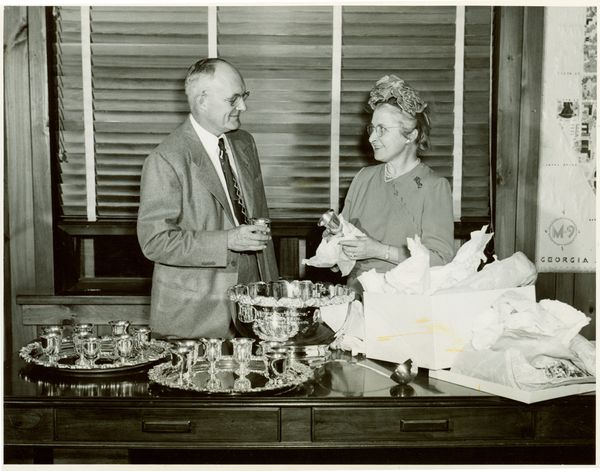
Blake and Ella Van Leer
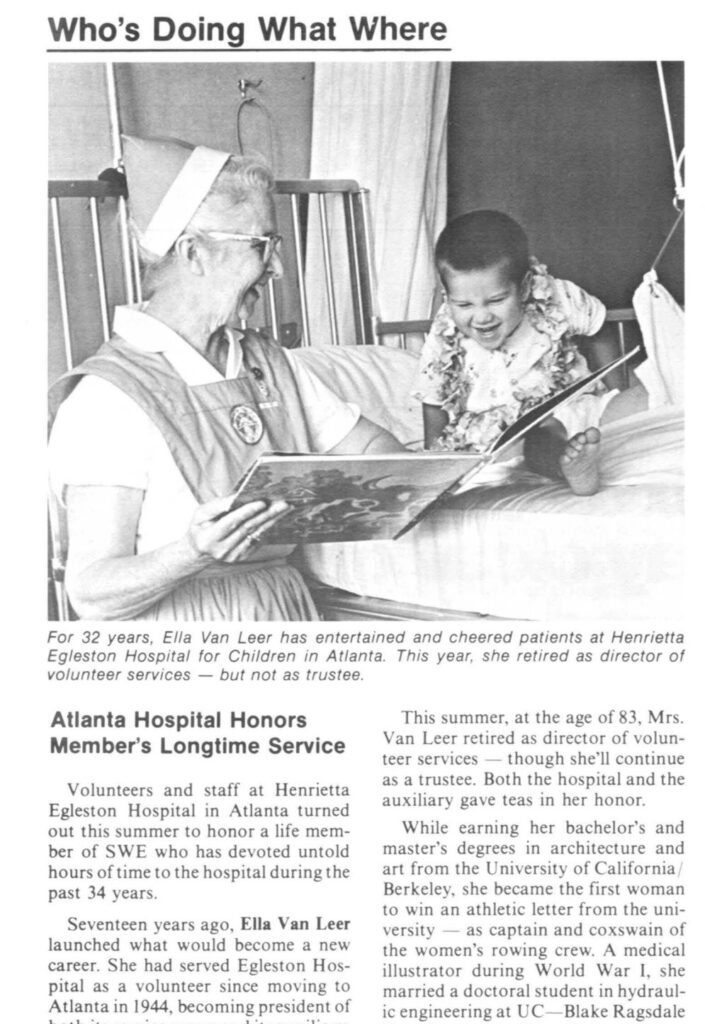
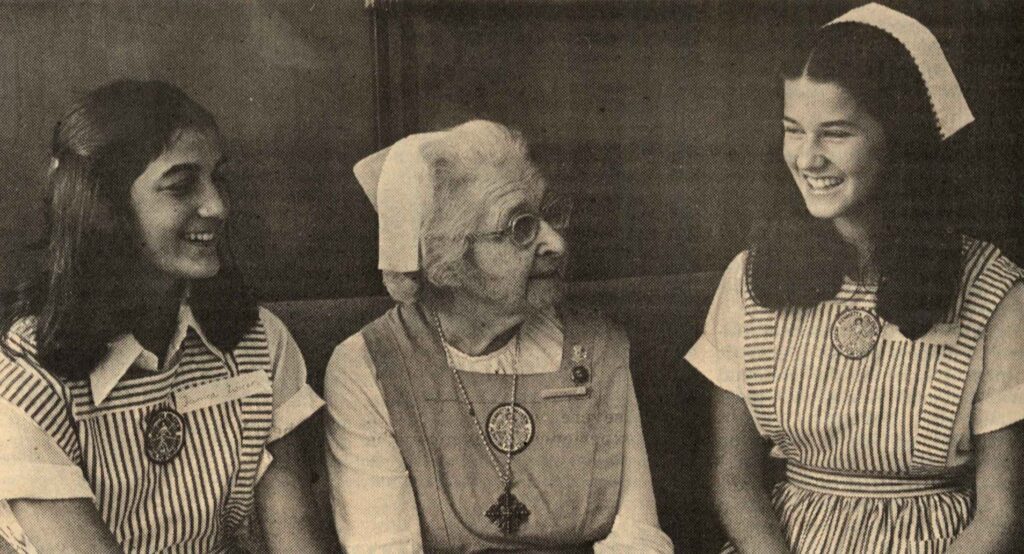
Army Corps of Engineer Images:
